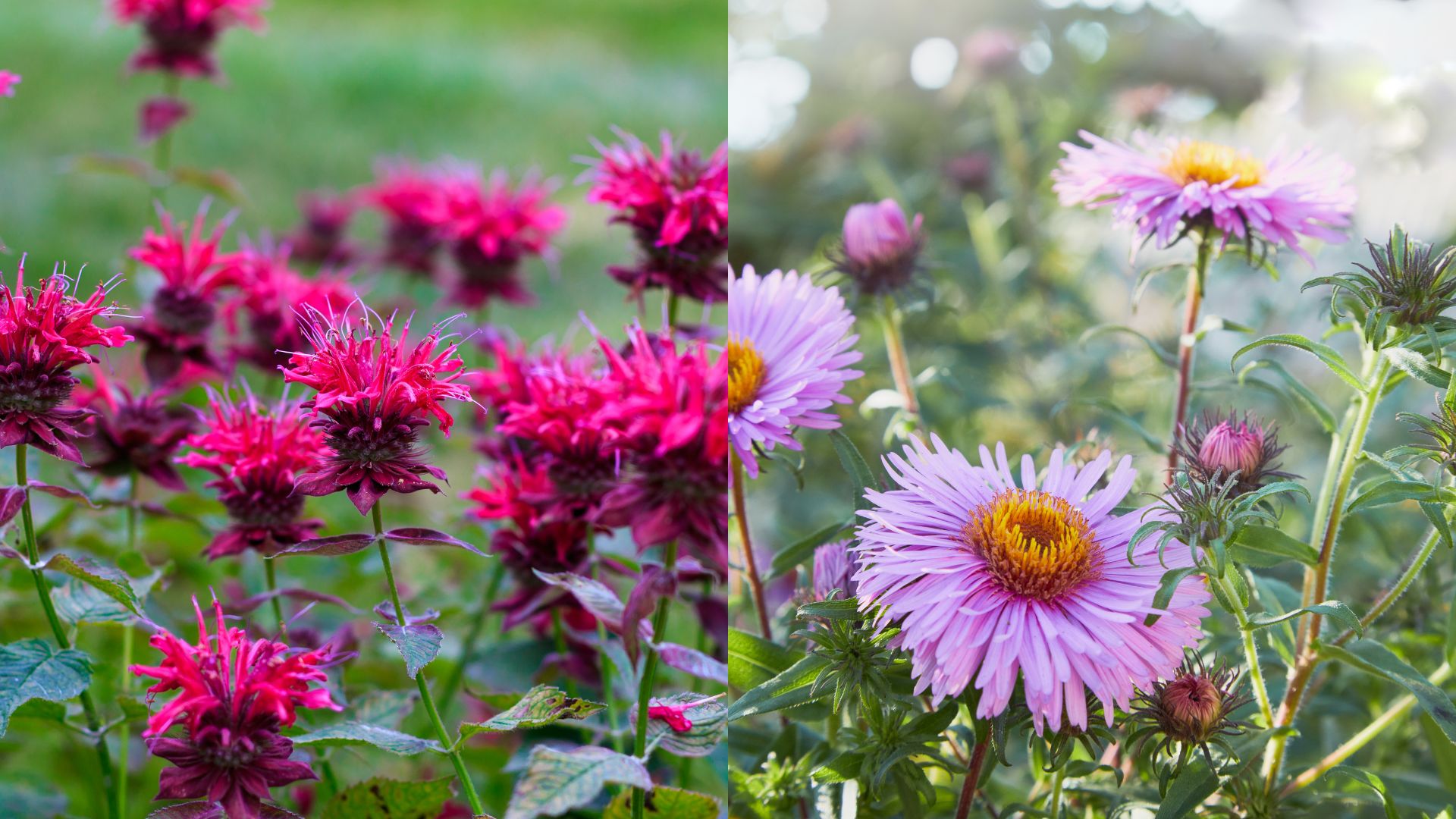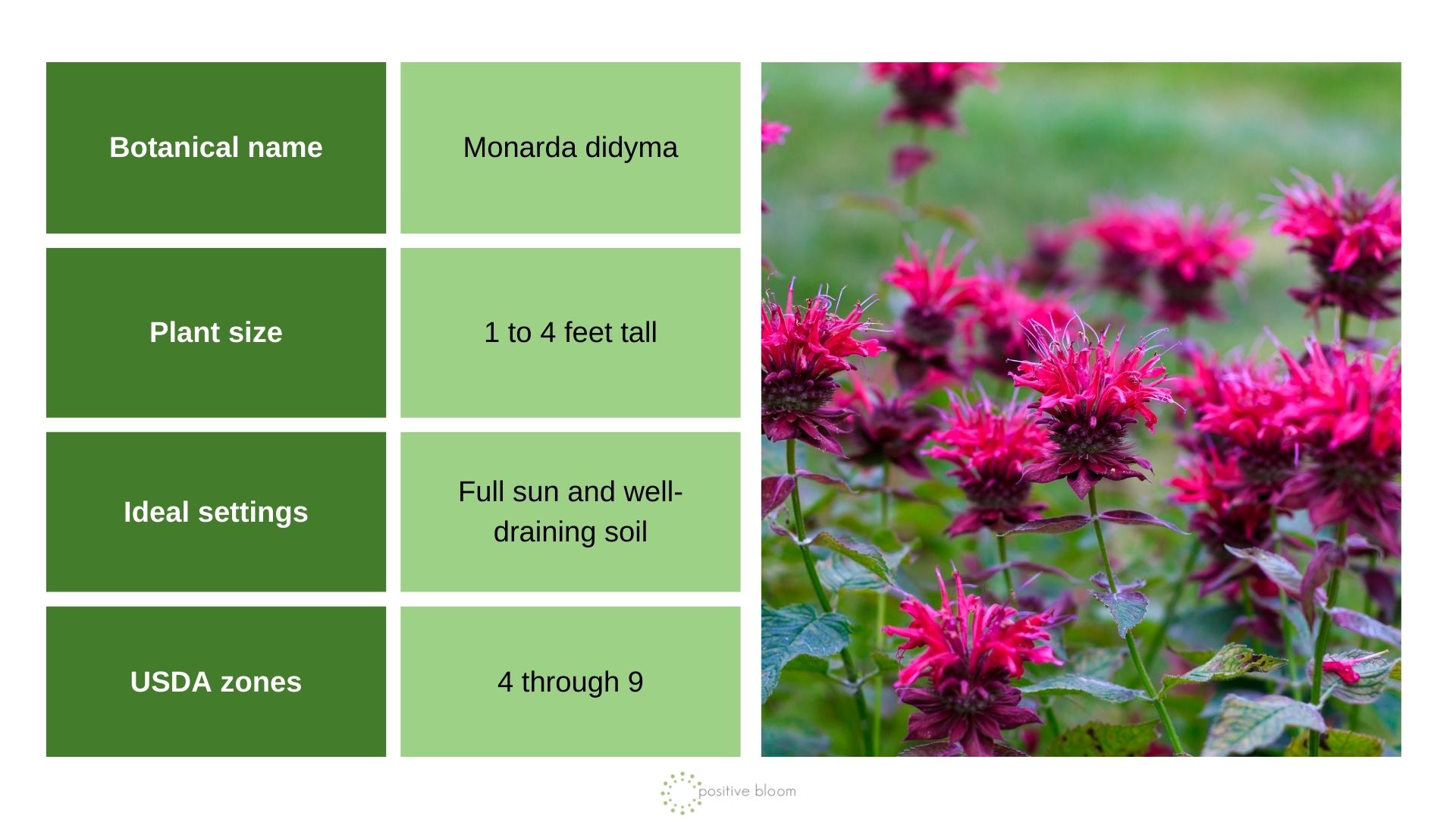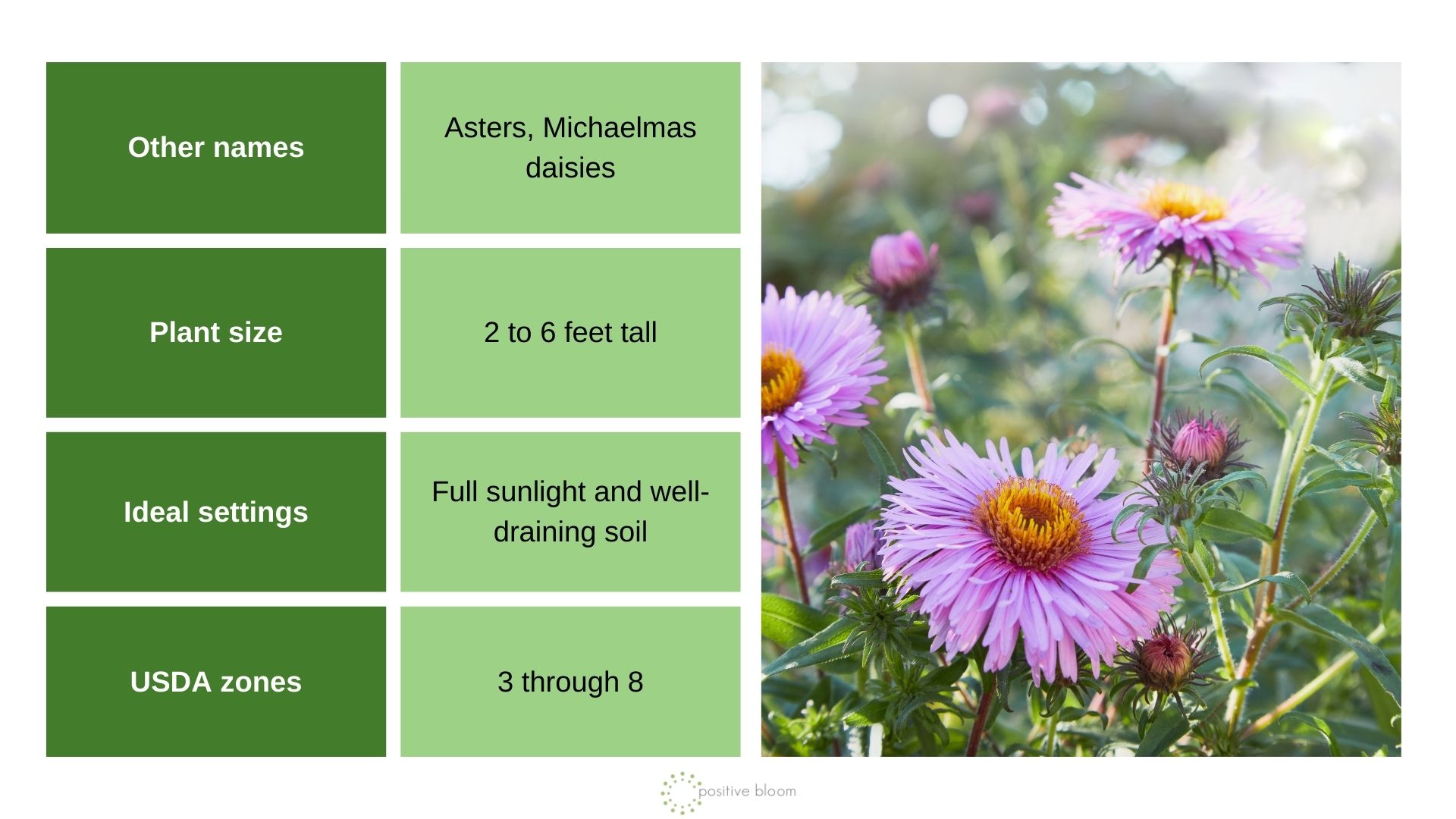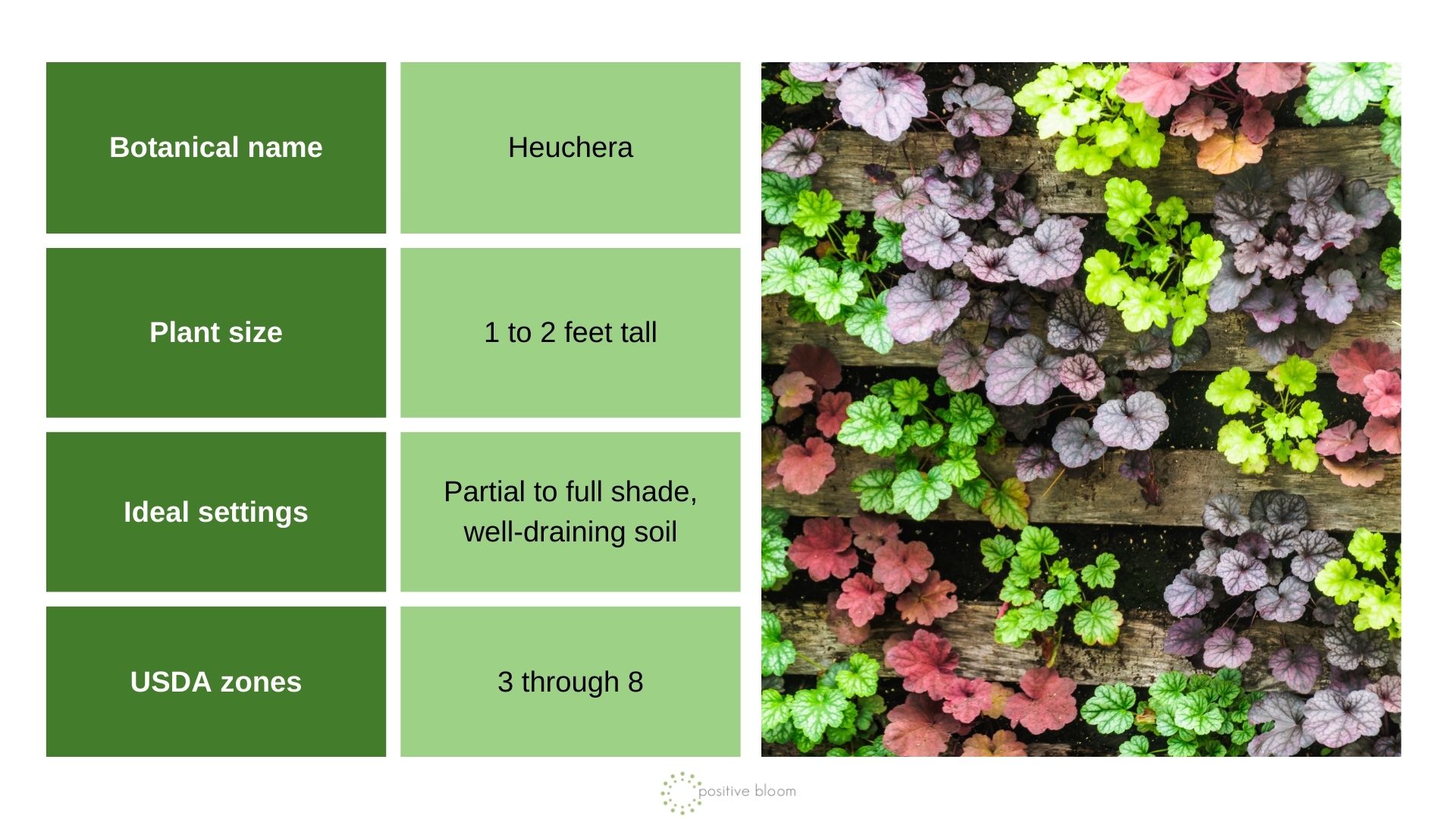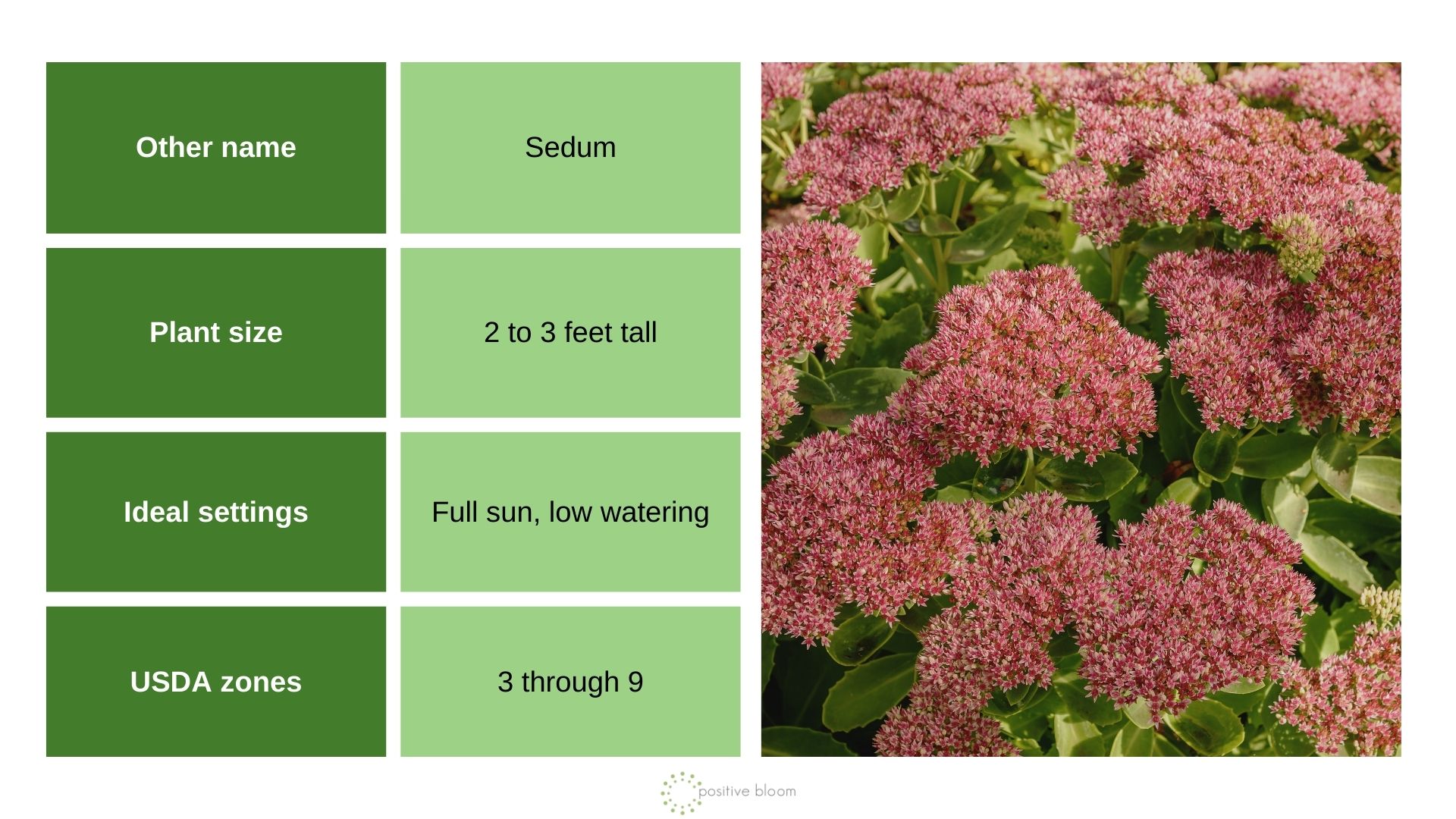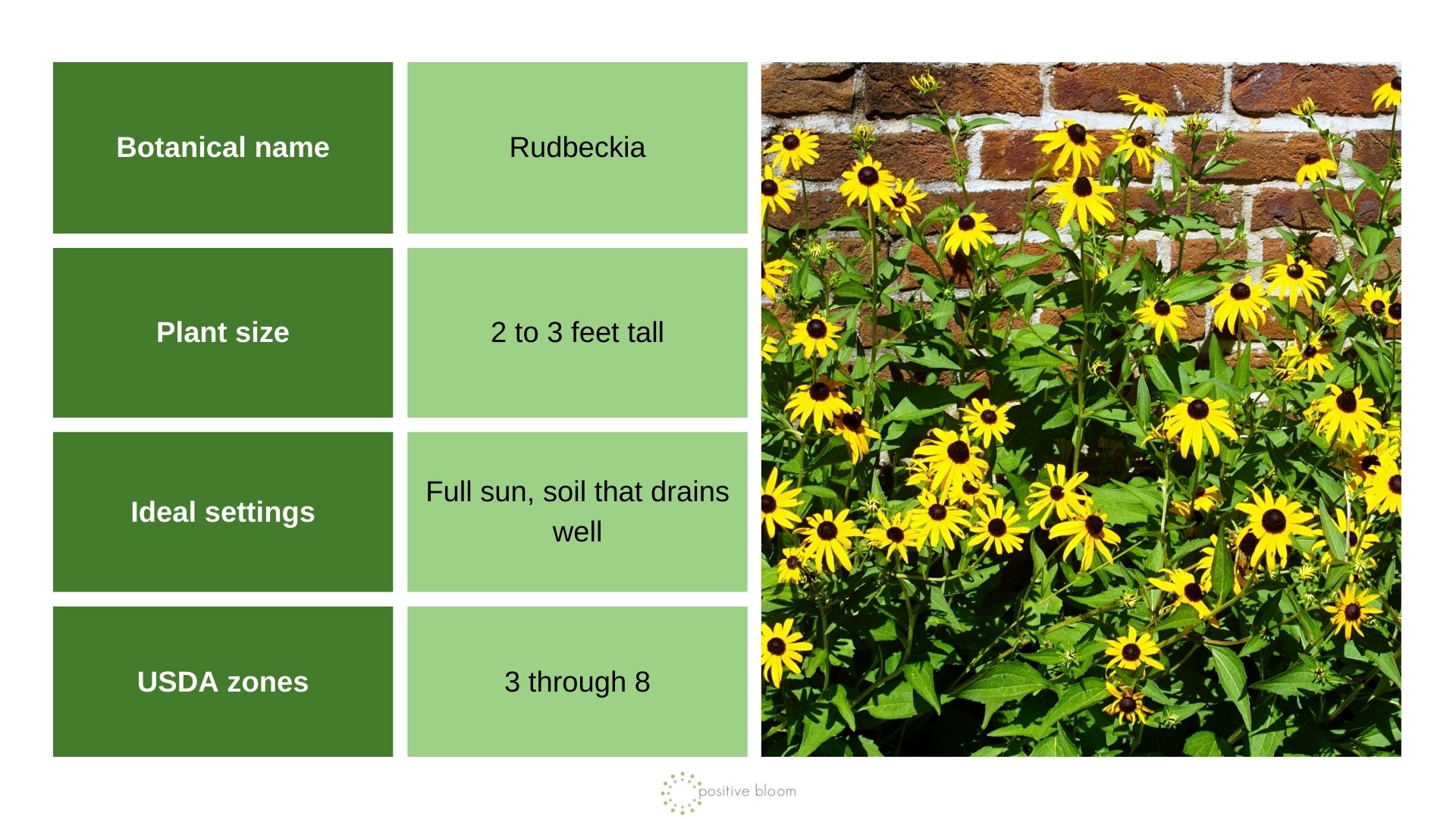As summer bows out and fall takes the stage, let’s welcome five plants that shine in autumn!
These plants actually prefer cooler periods and they produce colorful flowers that blend perfectly with the autumnal color palette. Plus, they are super easy to take care of.
You can find them in garden centers or nurseries at this time of the year. Opt for perennial types if you want them to come back next year.
In this article, we are going to share some tips on how to grow these fall-flowering plants.
Stay tuned!
1. Bee Balm
Let’s start off with a flamboyant perennial known as bee balm!
Vibrant flowers that add color to your fall landscape, mesmerizing fragrances that attract pollinators, and relatively low maintenance are just a few of the reasons to grow bee balm in your backyard.
This fall-flowering plant features clusters of disc-shaped flowers with wavy tubular petals that just grow all over the place. They are available in red, white, pink, and purple, depending on the cultivar.
Most bee balms are planted in flower beds to achieve that soft appearance. But, they can also easily grow in patio containers!
As long as your bee balm receives plenty of sunlight and well-draining soil, it will be happy and healthy. Prune away dead or damaged stems and leaves in early spring to encourage new growth.
If you are interested in learning more about plants that attract pollinators, make sure to check: Get A Pollen Paradise With These 10 Best Flowers For Bees
2. Symphyotrichum
Symphyotrichum, commonly known as Asters, are stars of the fall!
These plants produce daisy-like blooms in various shades, including purple, blue, red, pink, and white. Asters are late bloomers that adorn your garden during late summer and fall. Bees and butterflies also think Asters are adorable, which is why they always try to steal their pollen.
Plant these fall-flowering plants in well-drained soil with full sunlight exposure. Give them some water every now and then. Don’t forget to cut them back once the flowering season is over.
Related: Get Your Fall Garden Started With ‘October Skies’ Asters
3. Coral Bells
Or you might consider adding coral bells to your fall garden!
Coral bells, also known as Heuchera, are known for their stunning leaves that come in various shades, including red, green, purple, and lemon. These easy-to-grow perennials look amazing the entire year, not just fall.
While they may bloom with delicate pink or white flowers throughout the season, their foliage remains the star attraction of the fall.
Their ruffled leaves are perfect for filling empty spaces in gardens or flower beds, although you can grow them in containers as well. Make sure to plant them in a place with well-draining soil and full to partial shade.
You can add some coral bell companion plants to boost their growth and protect them from pests. Avoid overwatering your coral bells as they can easily get root rot.
4. Hylotelephium ‘Autumn Joy’
Hylotelephium is a hardy succulent perennial known for its multiple little flowers that transition from pink to rust as the season progresses. Pollinators love these little flowers, too!
In addition, this plant also features fleshy, blue-green leaves that provide a wonderful backdrop for the flowers. You can add this plant to your borders or grow them in containers.
Hylotelephium can tolerate drought and full sun exposure. These unusual plants can grow very well in poor soil. They need very little watering since they store moisture in their leaves.
5. Black-eyed Susan
We are finishing off our list with cheerful Black-eyed Susans!
Otherwise known as Rudbeckia, Black-eyed Susan produces daisy-like yellow flowers with dark central cones. It starts blooming from late summer well into fall. You’ll get to enjoy these lovely flowers for a long time!
These wildflowers thrive in American prairies, but they can also adapt to growing in small gardens. As long as they receive full sun, Rudbeckia flowers are happy. You don’t have to worry about watering as they are relatively drought tolerant.
Provide them with any type of soil, as long as it drains well. Combine them with ornamental grasses such as Pink muhly grass. ‘Goldstrum’ Rudbeckia cultivar is the most popular choice since it is adaptable and hardy to various growing conditions.
You might also find useful: 10 Captivating Winter-flowering Shrubs To Plant In Fall

